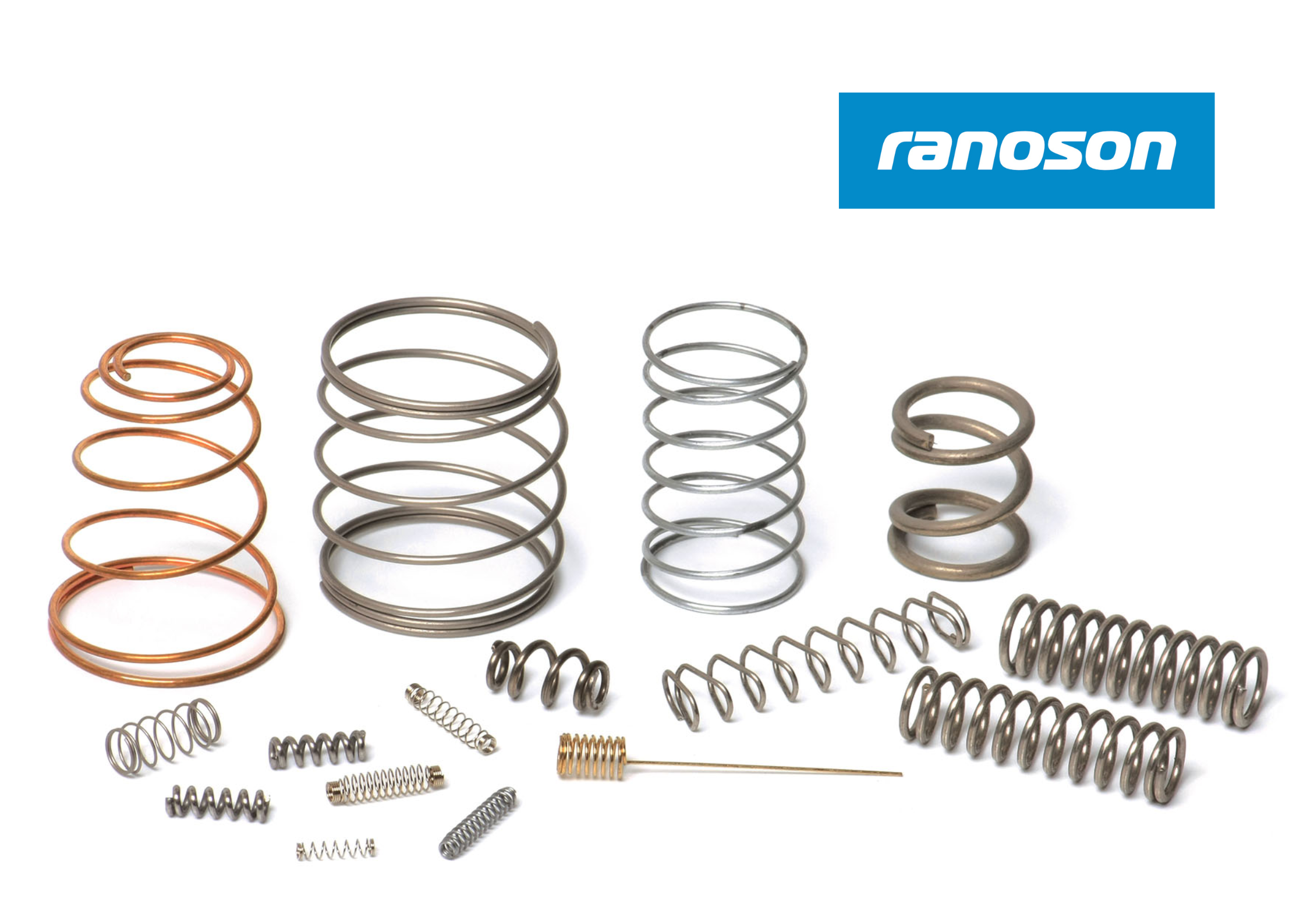
6 Spring Misconceptions That Cost Time, Money, and Reliability
Posted on: 08 Sep, 2025
Springs are everywhere. They’re inside vehicles, appliances, switches, locks, and industrial machines. Yet despite their importance, a surprising number of myths surround how springs actually work. These myths often lead to design mistakes, performance issues, and even premature failures.
Let’s debunk some of the most common misconceptions so your designs can perform the way they’re meant to.
Myth 1: A Stronger Spring Always Means Better Performance
It’s tempting to think that a spring with higher stiffness or force automatically makes a product more reliable. But here’s the truth: stronger is not always better. Overly stiff springs can add unnecessary stress to components, increase wear, and reduce the lifespan of the entire system. The right spring is about balance, not brute strength.
Myth 2: All Springs Are More or Less the Same
Not even close. A helical compression spring behaves very differently from a torsion spring or a flat spring. Each is designed for a specific kind of motion and load. Treating all springs as interchangeable can result in poor performance, misalignment, or even dangerous failures.
Myth 3: Springs Don’t Need Much Maintenance
Because springs are small, they often get ignored in maintenance schedules. But in reality, they face constant stress, friction, and environmental exposure. Without regular checks for fatigue, corrosion, or wear, springs can fail suddenly and bring entire systems to a halt.
Myth 4: Bigger Springs Last Longer
Size alone does not guarantee longevity. A large spring that isn’t designed with the right material or heat treatment can wear out faster than a smaller, well-engineered spring. What really matters is the combination of material choice, stress distribution, and protective coatings.
Myth 5: Springs Can Be Designed Without Considering Operating Conditions
Designing a spring without factoring in real-world conditions is one of the biggest mistakes engineers make. Temperature changes, moisture, chemical exposure, and load cycles all affect how a spring behaves over time. Ignoring these factors can shorten product life and compromise safety.
Myth 6: Fatigue Failure Is Rare
Springs are often subjected to thousands, sometimes millions, of cycles. Fatigue failure is not rare at all. It’s one of the most common ways springs fail. That’s why proper testing, material selection, and stress calculation are essential in high-cycle applications.
Why These Myths Persist
Springs are usually hidden components. Because they aren’t visible in daily use, their importance is often underestimated. Add to that the perception that they’re simple pieces of wire, and it’s easy to see why misunderstandings spread. But the reality is that spring design is a precise science, and small errors can have big consequences.
How to Avoid Falling for These Myths
The solution is straightforward: treat springs as critical components from the start of the design process. Involve spring specialists early, account for real-world operating conditions, and validate through proper testing. Doing this saves money, prevents failures, and extends product lifespan.
Springs may be small, but the myths surrounding them are big. Believing them can cost time, money, and reliability. By separating fact from fiction, you can make better choices and ensure your products deliver the performance your customers expect.
Let us help you bring clarity and precision to your spring designs so your products work smarter and last longer.
📧 sales@ranoson.co.in
📞 +91 7895010088 | +91 7217013190
